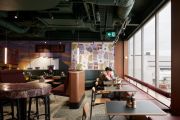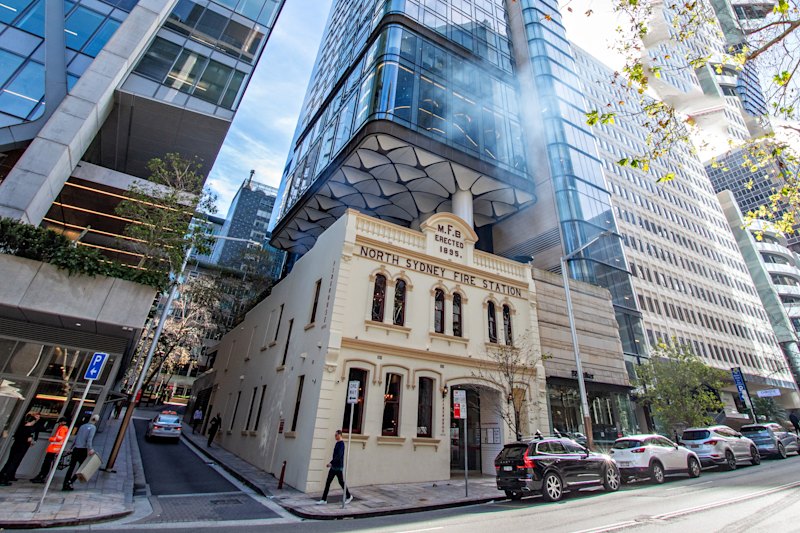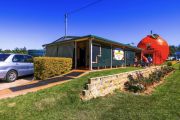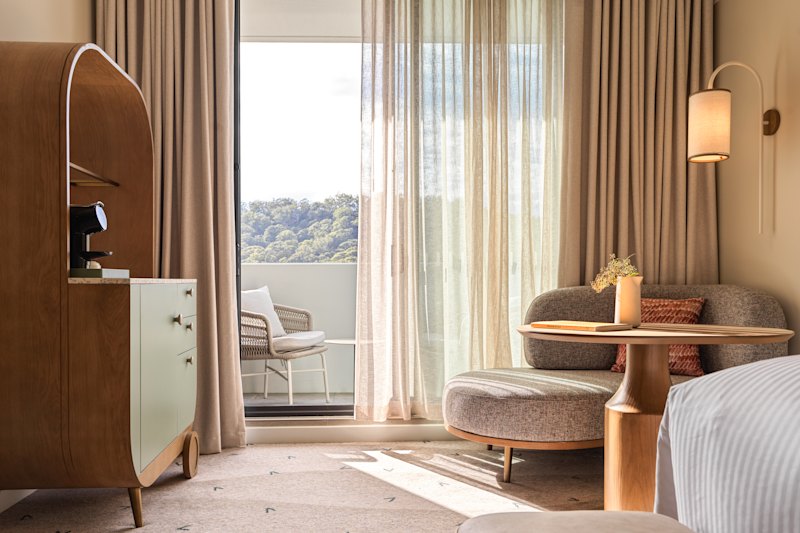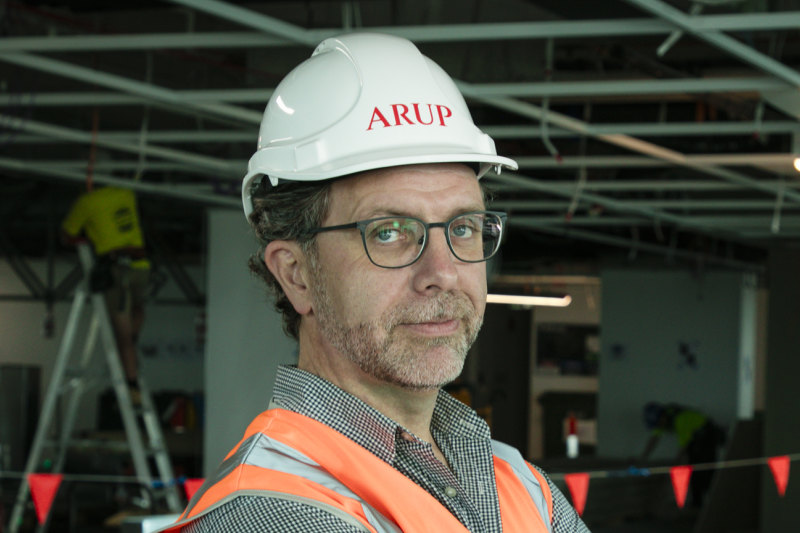
Table tennis, hot-desking are so 2019. Offices are changing again
Table tennis is out and private rooms are back in. As working patterns stabilise after the disruption of the COVID-19 pandemic, employers are responding by redesigning workspaces for an era in which people spend less time in the office, but use it for more specific tasks than before.
Engineering consultancy Arup, building a workspace in Dexus’ 123 Albert Street tower in Brisbane, is cutting back floor area dedicated to individual desks to 30 per cent, compared with a 40 per cent to 45 per cent average in its offices before the pandemic.

The firm will complete the build in December before moving its 450 Brisbane staff into the workplace that focuses on providing private working space and structured collaboration areas, reflecting the ways of working that emerged during the pandemic.
“What we’re trying to do is create the best of both worlds in the office,” principal and Queensland leader Lloyd Twomey said.
Hot desk-style activity-based work is out. Random collaboration from having large numbers of people in a shared space – or playing games such as table tennis – is an aspiration left behind in 2019. And Arup is not unique among workplaces responding to the needs of a post-pandemic world.
Design firm Hassell, which has since 2020 been surveying office workers globally, found in its latest annual research that only 23 per cent of people in Australia felt they had enough space to focus, and only 35 per cent said they had enough space to collaborate.
The change had been felt most acutely in tech companies, where employers in Australia and the US went heavily into so-called highly amenitised spaces, with lots of open-plan space promoting informal collaboration, Hassell head of research Daniel Davis said.
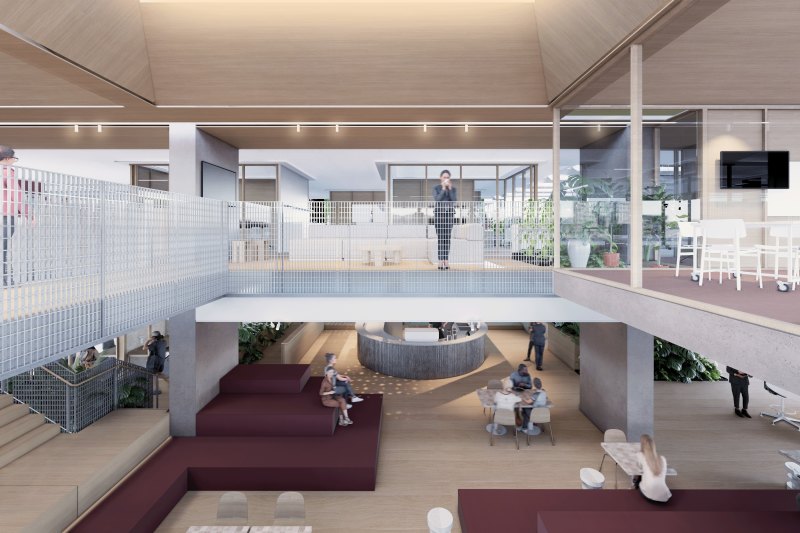
But even if employers in other sectors did not go as far down that road as tech companies, they were finding themselves with office facilities that did not reflect workplace patterns established after the pandemic, Dr Davis said.
“We’re at an interesting point in terms of evolution of the workplace,” he told The Australian Financial Review.
“We’ve changed a lot of policies, but the workplace itself is still a bit stuck in the past. The next five years of workplace is going to be trying to align those two things.”
Table tennis tables were one example of a pre-pandemic office feature that was now less relevant to current ways of work, Dr Davis said.
“That’s an example of amenity intended for people to be there together, but if one of them’s away, it doesn’t make as much sense,” he said.
Mixed results for office values
The idea that workplaces need to change again may make landlords faint, but the findings do point to a stabilising of office-use patterns for the first time since the disruption of the pandemic.
The pre-pandemic norm of five days a week in the office, which slumped as COVID-19 hit, has levelled out. Hassell’s latest survey shows the proportion of people back in the office full-time at between 42 and 50 per cent and hybrid workers at between 30 and 45 per cent globally.
While the number of people surveyed changed – this time the design firm quizzed 2500 office workers in the US, UK, Singapore, Hong Kong and Australia, compared with 3500 last year – the numbers in this year’s report, titled The Big Calm, reflected behaviour seen last year, Dr Davis said.
But even while office use patterns are stabilising, office values are mixed. Australia’s CBD office values have fallen an average 22 per cent from their pre-pandemic peak, MSCI figures last week showed, and the pace of recovery is mixed.
“If we were going to buy here, I would go again on Sydney,” Louise Kavanagh, chief investment officer of US-based investor Nuveen and head of its Asia Pacific operations, said in an interview last week.

“By and large across Sydney and Melbourne, 200 basis points have come off office [cap rates, reflecting a fall in value as yields have widened].”
But while central Sydney values had largely stabilised, Melbourne office values, affected by factors such as the foreign owner land tax that will kick in from next year, were still likely to fall, Ms Kavanagh said.
“Do I need another 100 [basis point widening of cap rate in Melbourne]? Maybe. I think we’ve got to wait.”
But the stabilisation of usage patterns is giving employers and landlords confidence to go ahead with plans that, in the case of Arup’s Hassell-designed Brisbane office, started forming before COVID-19 hit.
The firm is taking 4000 square metres on levels 26 and 27 of the Albert Street tower, down from the 5000 square metres it occupies at the CapitaLand Ascendas REIT’s 108 Wickham Street building.
As it cuts down on workstations, it is increasing the number of one- to two-person rooms for people to concentrate or make calls. Arup will also test what it calls hyperfocused speakers, allowing people in an open room to make conference calls without disrupting others around them.
“We were struggling a bit in the early days to know what the future of the office looked like,” Mr Twomey said.
“Had we done it in 2022, we would have been very nervous. There is a desire for people to want to use the office, not necessarily five days a week, but they want to use it in the best way they can. We need to provide what they need to come in.”

